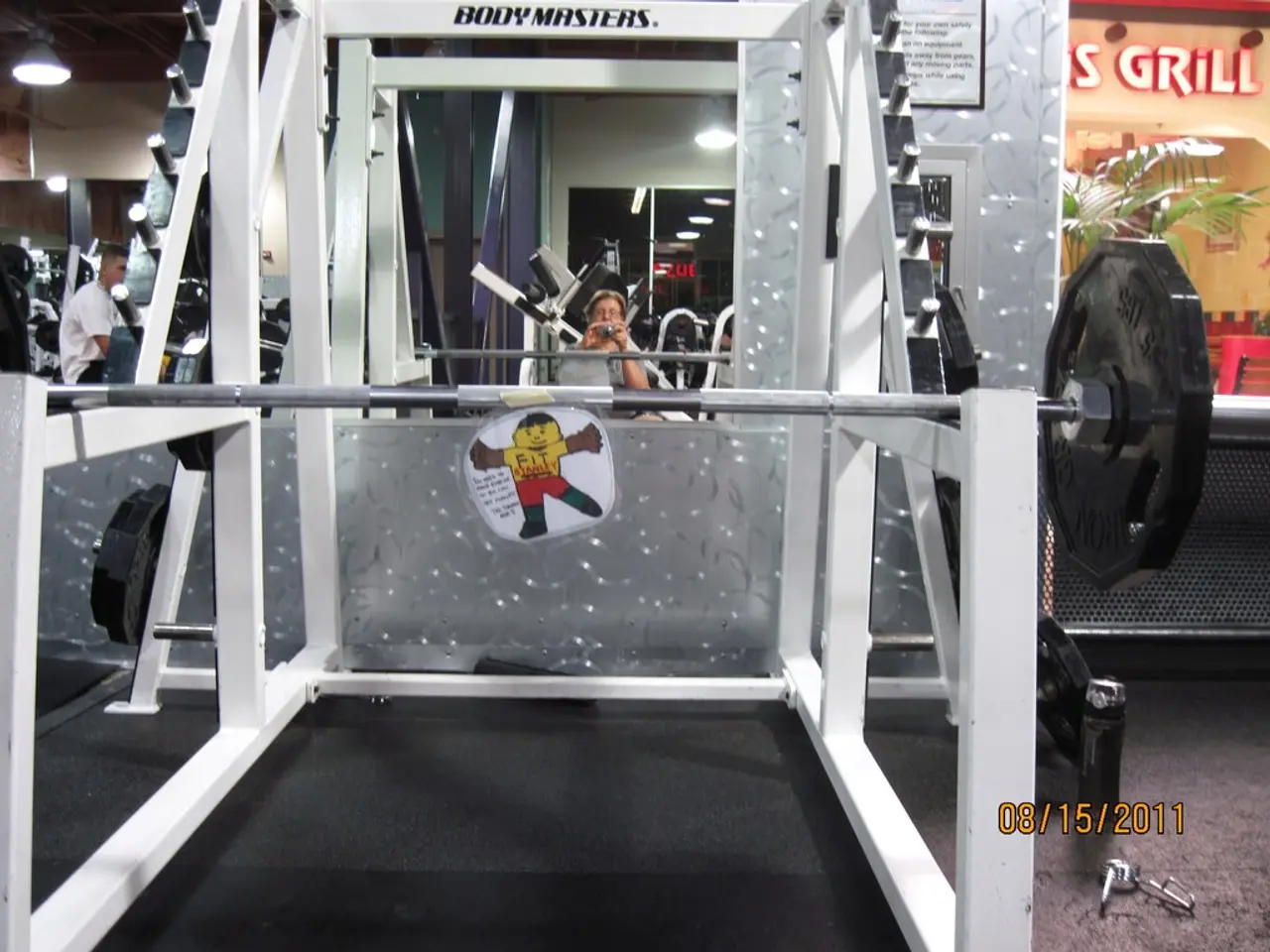Which is more crucial for longer lifespan: Cardiovascular Fitness or Muscular Strength?
In the ongoing debate about the benefits of cardio versus lifting, a clear consensus is emerging: a balanced exercise program that includes both types of physical activity offers the greatest protection for longevity.
Recent scientific studies suggest that the key to longevity, with respect to cardio and lifting, is probably a combination. This is supported by findings that show moderate-intensity aerobic or Zone 2 training improves muscle energy metabolism, cardiovascular health, and metabolic flexibility, while strength training reduces all-cause mortality risk.
Moderate to vigorous physical activity, in a dose as small as an hour every week, significantly reduces mortality risk. This is backed by a massive cohort study of 416,240 American adults, published in The British Journal of Sports Medicine.
Engaging in discussions about the benefits of cardio versus lifting can help log additional physical activity. These discussions, which often follow a regular schedule on platforms like Reddit, are not just justifications for personal exercise preferences. They are a testament to the ongoing debate about the optimal exercise routine for longevity.
The recommended practical dose for longevity is around a few moderate-intensity aerobic (Zone 2) cardio sessions per week, which improves heart function, blood vessel health, and autonomic regulation. Additionally, 60 minutes per week of resistance training, split into 2-3 sessions without excessive volume, is advised. This approach, which combines both cardio and strength training, produces synergistic effects, yielding greater improvements in cardiorespiratory fitness and body composition than cardio alone.
The connection between strength training and extending lifespan is not yet fully understood, but it is clear that strength training, even just about 60 minutes per week, reduces all-cause mortality risk by about 15%, lowers cardiovascular and cancer mortality, supports telomere length, preserves strength, balance, and bone health, and improves lean body mass.
On the other hand, moderate-intensity aerobic (Zone 2) cardio sessions support fat burning, improve endurance, lung capacity, vascular health, and significantly lower cardiovascular disease risk by 30-40%.
In summary, the scientific consensus favors a balanced program that includes regular moderate-intensity cardio alongside modest but consistent resistance training to achieve optimal longevity benefits through improved cardiovascular function, metabolic health, muscle preservation, and lowered mortality risk. The best thing for your heart appears to be a combination of cardio and strength training workouts, as noted by The New York Times.
Endurance runners and dedicated lifters often spend significant time, money, and physical modifications on their respective activities. However, the greatest protection from mortality comes from a mix of cardio and strength training.
As the debate continues, it's clear that a balanced approach to exercise is the key to a longer, healthier life.
- The New York Times has noted that the best thing for your heart, to achieve optimal longevity benefits, seems to be a combination of cardio and strength training workouts.
- In the ongoing debate about the optimal exercise routine for longevity, a balanced approach that includes regular moderate-intensity cardio alongside modest but consistent resistance training is favored by the scientific consensus.
- Strength training, like 60 minutes per week, even if not fully understood, reduces all-cause mortality risk by about 15%, lowers cardiovascular and cancer mortality, supports telomere length, preserves strength, balance, and bone health, and improves lean body mass - fashioning a well-rounded fitness-and-exercise routine that leans towards health-and-wellness.
- On the other hand, engaging in moderate-intensity aerobic (Zone 2) cardio sessions can support fat burning, improve endurance, lung capacity, vascular health, and significantly lower cardiovascular disease risk by 30-40%, making a balanced, well-curated exercise regime drawing from fashion, sports, and science a crucial component in the pursuit of longevity and a healthier lifestyle.






